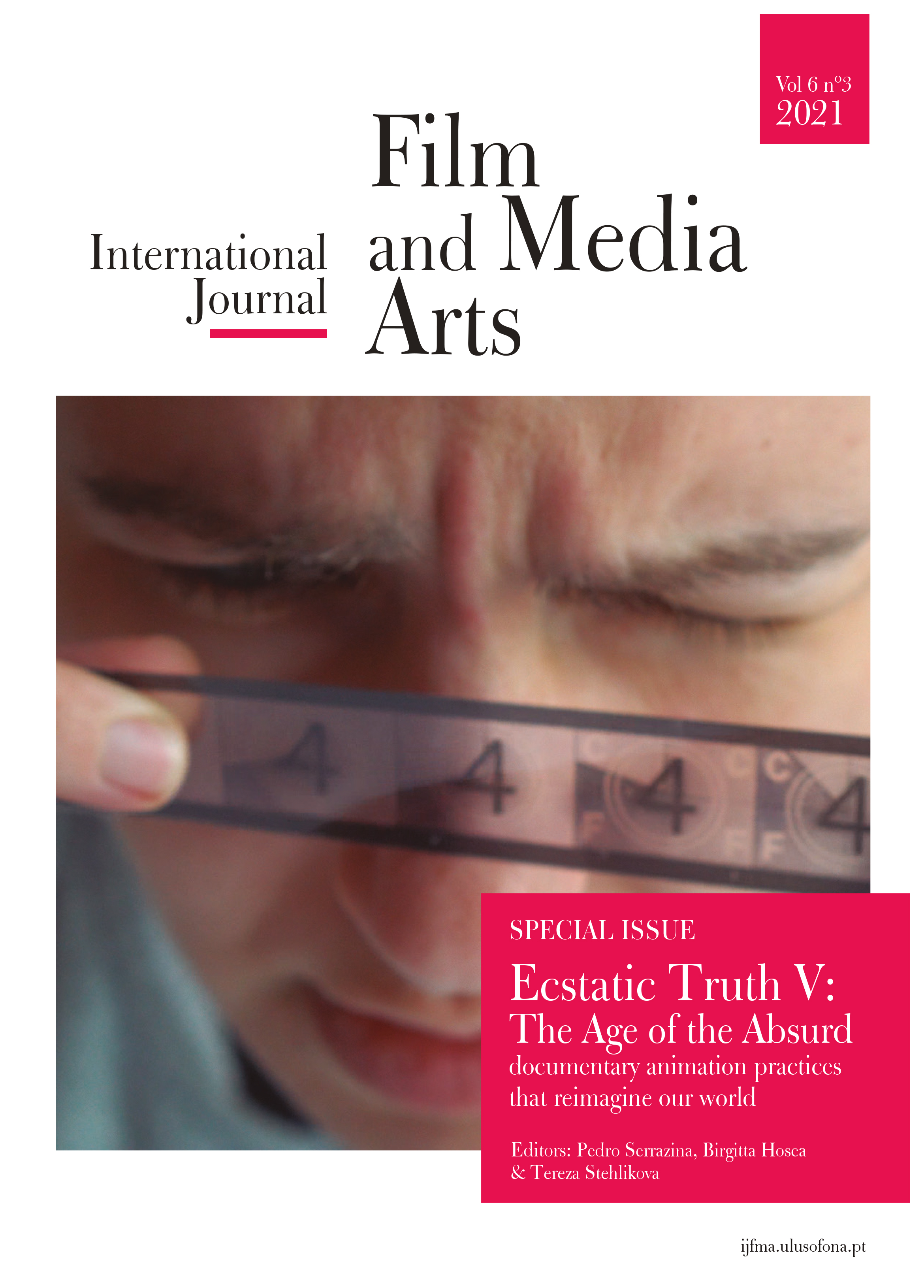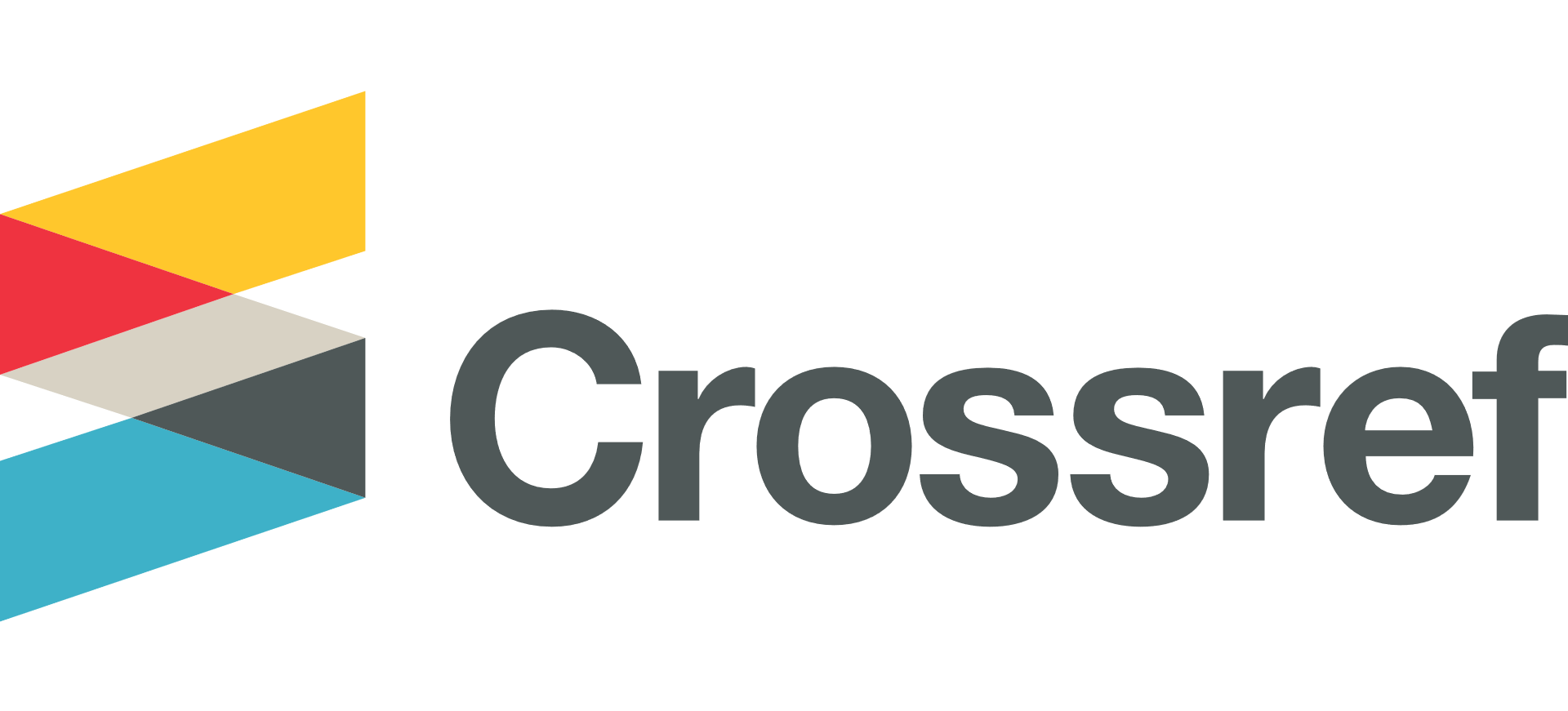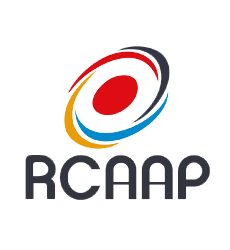Autoethnographic Animation and The Metabolism of Trauma: A Multimethod Investigation
Abstract
This paper provides an overview of my practice-based doctoral research: Bearing Witness: Autoethnographic Animation and the Metabolism of Trauma, which uses a multimethod approach (cognitive focus, thematic analysis of qualitative data and artistic practice), to investigate autoethnographic animation’s capacity to moderate psychological trauma.
Traumatic events such as child abuse, domestic violence and military conflict often present a major health challenge for survivors, with many experiencing significantly impaired function due to symptoms such as nightmares, emotional dysregulation, negative cognitions and dissociative states. The symptoms most commonly reported are intrusive memories-sensory-perceptual impressions that involuntarily intrude into consciousness, causing distress and a sense of reexperiencing the trauma.
A number of cognitive studies have measured how these intrusions may be moderated through models that either interfere with imagery, simulate trauma, or change its narrative. My research uses interviews, thematic analysis and artistic practice to investigate whether animation may similarly moderate intrusions through processes that utilise the medium’s visuospatial capacities and its potential for rescripting, or changing, the trauma narrative.
The desire to use personal experience as data motivated my interest in autoethnography as a methodology for qualitative inquiry. Autoethnography is a reflexive approach that explores autobiographical stories and connects these to wider socio-cultural-political issues through writing, performance and other media. In this research I am using autoethnography to both address my lived experience of trauma and to moderate its symptoms through my animation practice.











